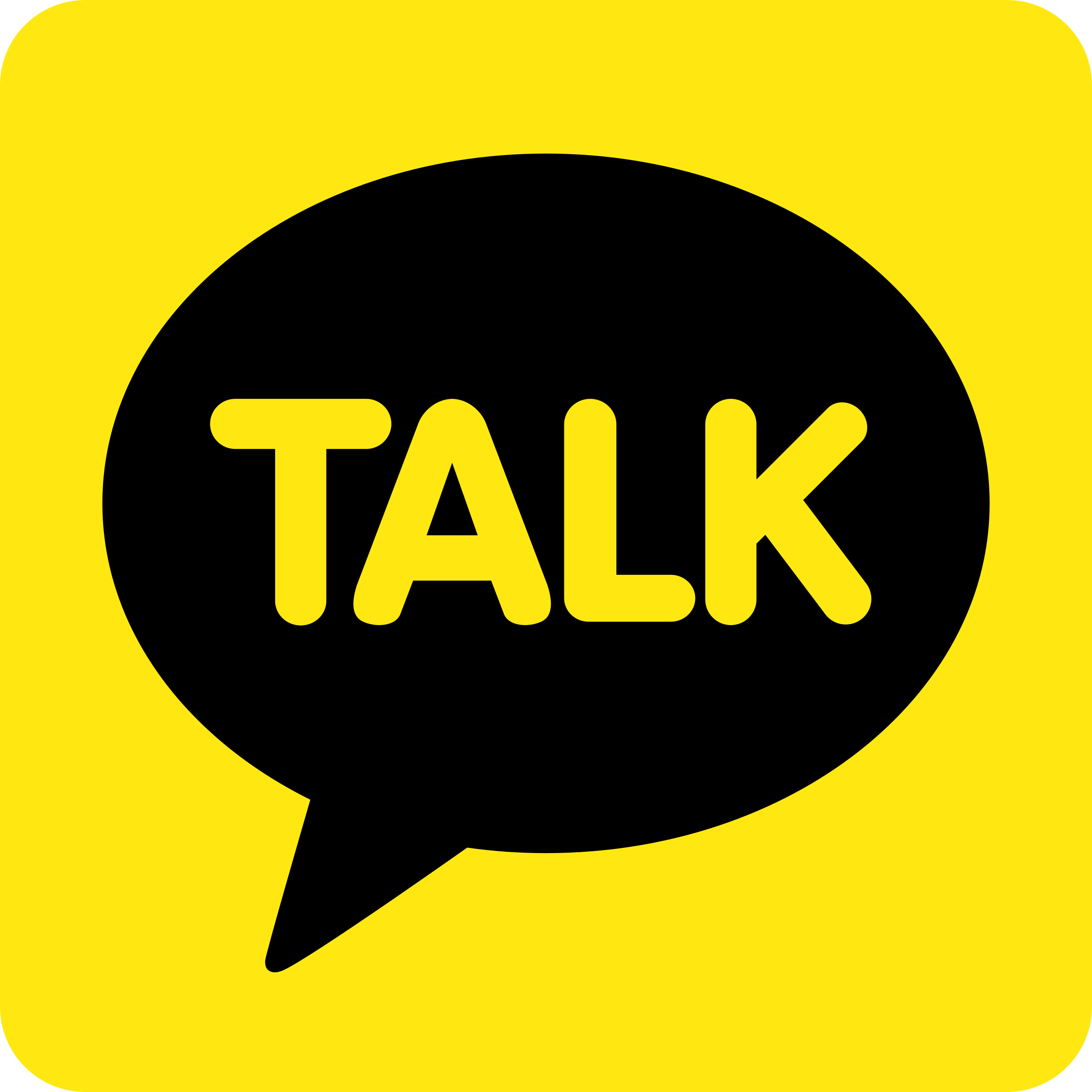The Hidden Secrets of Foot Acupressure Points Few People Know
 Posted Saturday, 20 Month 09 2025 17:00
Posted Saturday, 20 Month 09 2025 17:00 Post content[Hide][Show]
- The Hidden Secrets of Foot Acupressure Points Few People Know
- 1. Foot Reflexology Map: Locations & Functions
- 1.1. Yongquan Point (Kidney-1): “Gateway of Vital Energy”
- 1.2. Reflex Zones for Liver–Gallbladder, Stomach–Intestine, Heart–Lungs
- 1.3. Heel–Ankle Region and Spinal Connection
- 2. Hidden Secrets of Foot Acupressure
- 2.1. Effects on Sleep, Stress, and Emotions
- 2.2. Role in Blood Circulation & Natural Immunity
- 2.3. Supports Digestion, Reduces Heavy Legs & Edema
- 3. Who Should/Should Not Get Foot Massage
- 4. Standard Spa Foot Massage Procedure
- 4.1. Preparation: Soak, Hygiene, Atmosphere
- 4.2. Steps: Warm-Up – Acupressure – Relaxation
- 4.3. Frequency & Duration: Care Schedule
- 5. Common Mistakes in Foot Acupressure
- 5.1. Pressing Too Hard, Wrong Spot, Skipping Warm-Up
- 5.2. Using Unsuitable Oils, Ignoring Contraindications
- 6. Why Choose tigon massa Massage & Spa
- 7. FAQ
- 7.1. How often should I get foot massage?
- 7.2. Can pregnant women do it?
- 7.3. Can diabetics receive acupressure?
- 7.4. When should it be avoided?
- 7.5. How to know if pressing the right point?
- 7.6. Are rollers/hot stones necessary?
- 8. Conclusion
The Hidden Secrets of Foot Acupressure Points Few People Know
The foot is known as the “second heart” of the body. It contains more than 60 vital acupressure points directly linked to internal organs. When stimulated correctly, these points help unblock energy flow, boost health, reduce stress, and support the treatment of various conditions.
1. Foot Reflexology Map: Locations & Functions
Reflexology maps divide the foot into zones: head–brain (big toe), sinus–nose (other toes), stomach–intestine (center), liver–gallbladder (right sole), heart–lungs (left sole), kidney–bladder (mid–heel area), and spine (inner edge).
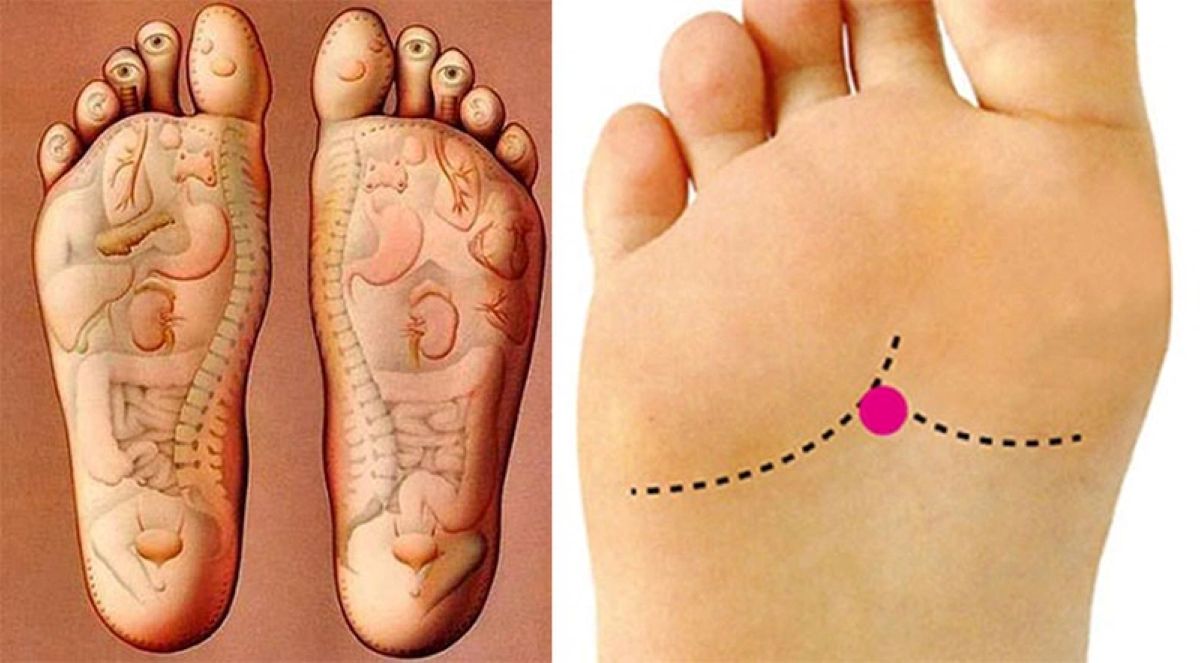
1.1. Yongquan Point (Kidney-1): “Gateway of Vital Energy”
Located in the depression at the front one-third of the sole (from toe base to heel). Gentle pressing for 1–2 minutes per side warms the feet, relaxes nerves, promotes sleep, and is ideal before bedtime.
1.2. Reflex Zones for Liver–Gallbladder, Stomach–Intestine, Heart–Lungs
- Liver–Gallbladder: right sole; helps ease heaviness.
- Stomach–Intestine: center of the sole; gentle massage reduces bloating.
- Heart–Lungs: left sole; soft strokes encourage slower, deeper breathing.
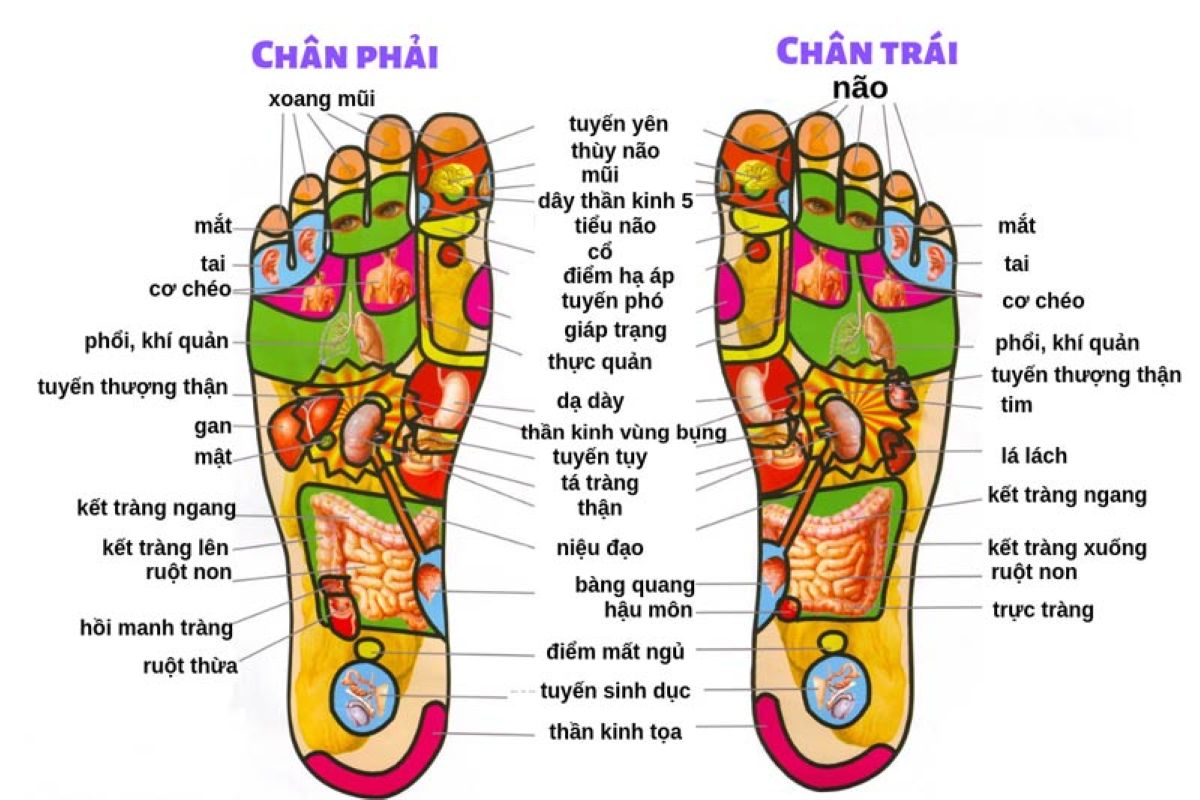
1.3. Heel–Ankle Region and Spinal Connection
The heel and inner foot reflect spinal muscles. Stroking along the inner edge helps “stretch the spine” indirectly—useful for sedentary individuals.
2. Hidden Secrets of Foot Acupressure
2.1. Effects on Sleep, Stress, and Emotions
Stimulating Yongquan and the arch triggers endorphin release—the “happiness hormone”—that soothes nerves. Many clients report deeper sleep after 20–30 minutes of evening massage.
2.2. Role in Blood Circulation & Natural Immunity
Warming the feet dilates peripheral vessels, improving oxygen and nutrient delivery. Regular massage with slow breathing can activate the “healing mode,” supporting natural immunity.
2.3. Supports Digestion, Reduces Heavy Legs & Edema
Massaging the stomach–intestine zone 1–2 hours after dinner eases digestion. Physiological pumping from ankle to knee improves fluid drainage—relieving heavy legs in people who stand long hours.
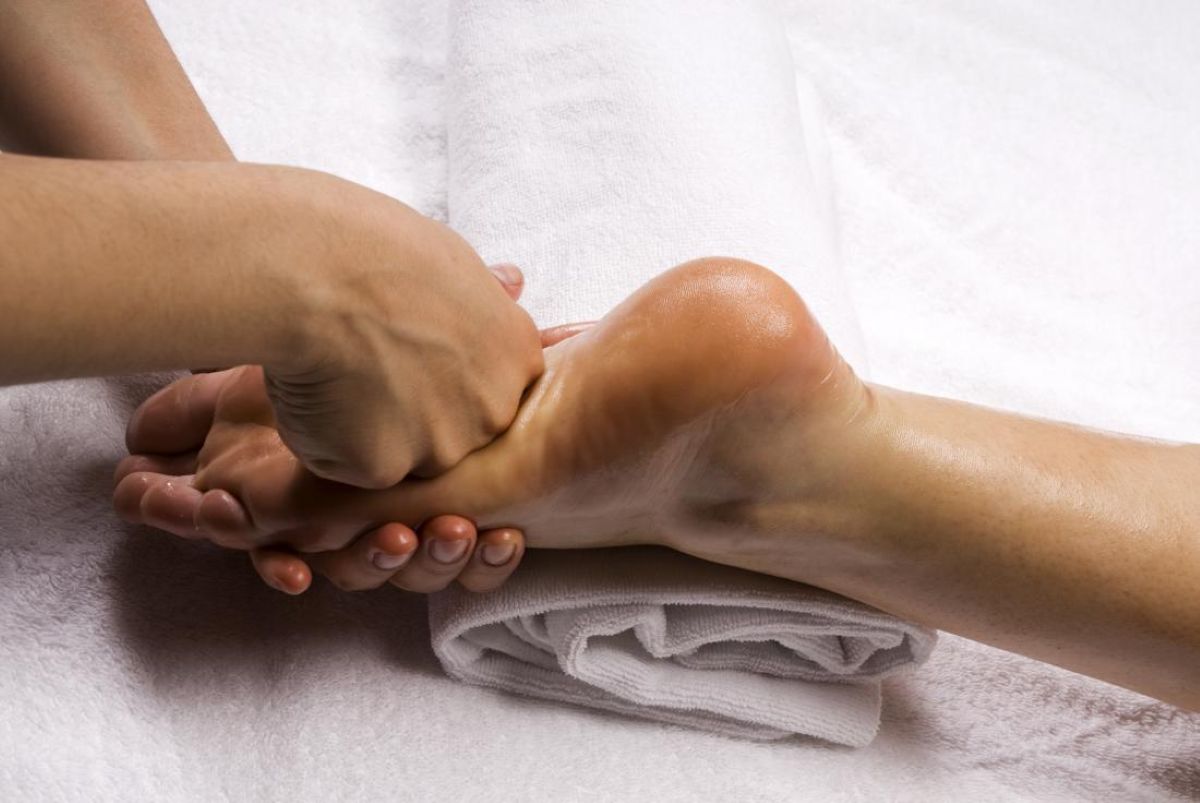
3. Who Should/Should Not Get Foot Massage
- Recommended: stressed individuals, mild insomnia, heavy legs, office workers, moderate athletes.
- Caution/Delay: first trimester pregnancy; open wounds, nail/foot infection; peripheral vascular disease, deep vein thrombosis; diabetic neuropathy (doctor’s advice required); post-surgery recovery.
4. Standard Spa Foot Massage Procedure
4.1. Preparation: Soak, Hygiene, Atmosphere
- Warm soak 38–40°C with salt/herbs for 7–10 minutes.
- Dry feet, warm hands, test skin reaction.
- Quiet space, soft lighting, slow music (60–70 bpm).
4.2. Steps: Warm-Up – Acupressure – Relaxation
- Warm-Up: stroke instep and sole 1–2 minutes, rotate ankles, stretch toes.
- Acupressure:
- Circular press on Yongquan 60–90s each.
- Stroke stomach–intestine clockwise.
- Press liver–gallbladder and heart–lung zones.
- Stroke inner edge (spine) heel to big toe 8–10 times.
- Relaxation: palm press to “cradle” sole 30s, gently shake ankle, cover with warm towel.
4.3. Frequency & Duration: Care Schedule
- At spa: 45–60 min/session, 1–2 times/week for 4–6 weeks, then maintain weekly/biweekly.
- At home: 10–15 minutes at night, up to 5 days/week.
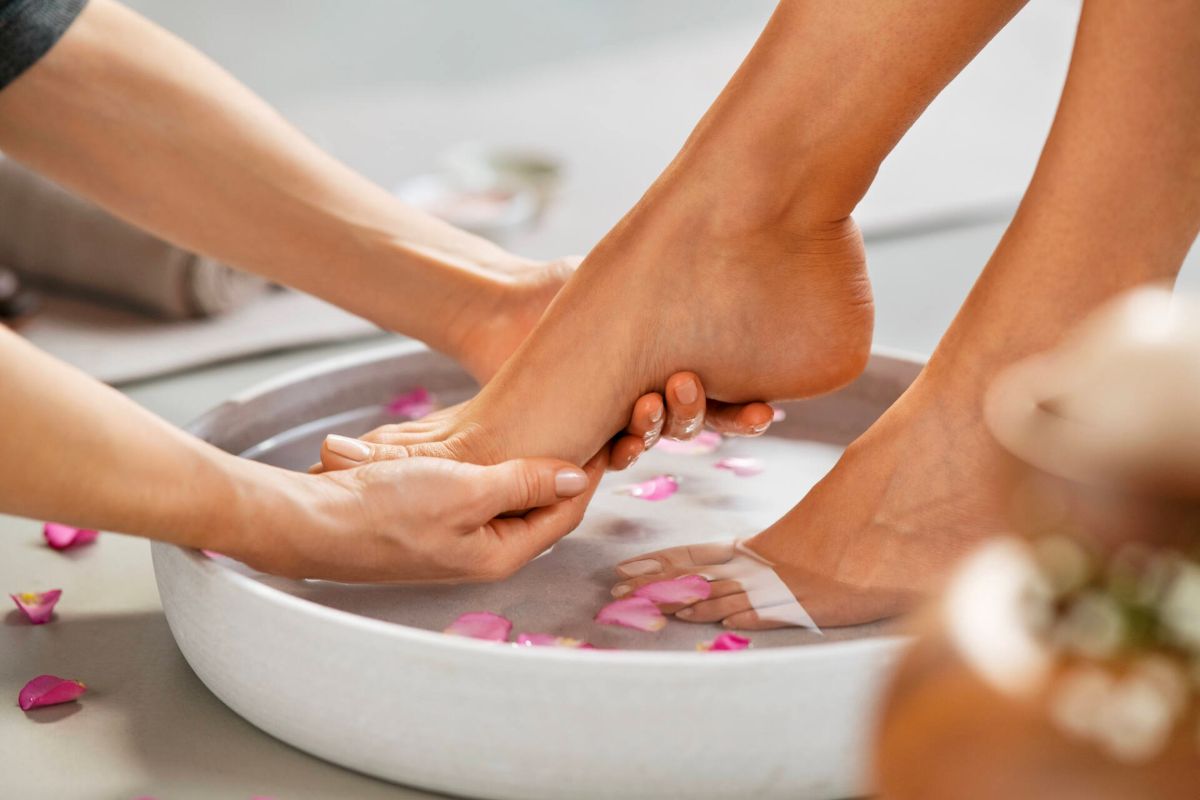
5. Common Mistakes in Foot Acupressure
5.1. Pressing Too Hard, Wrong Spot, Skipping Warm-Up
Excess pressure can cause bruising. Skipping warm-up makes muscles resistant, lowering effectiveness.
5.2. Using Unsuitable Oils, Ignoring Contraindications
Undiluted essential oils may irritate. Always patch test first.
6. Why Choose tigon massa Massage & Spa
- Skilled therapists trained in acupressure & reflexology.
- Standardized process: intake – screening – personalized treatment – follow-up.
- Hygiene: sterilized tools, single-use linens, clean aromatic space.
- Experience: therapeutic music, warm herbal tea, personalized notes for each guest.
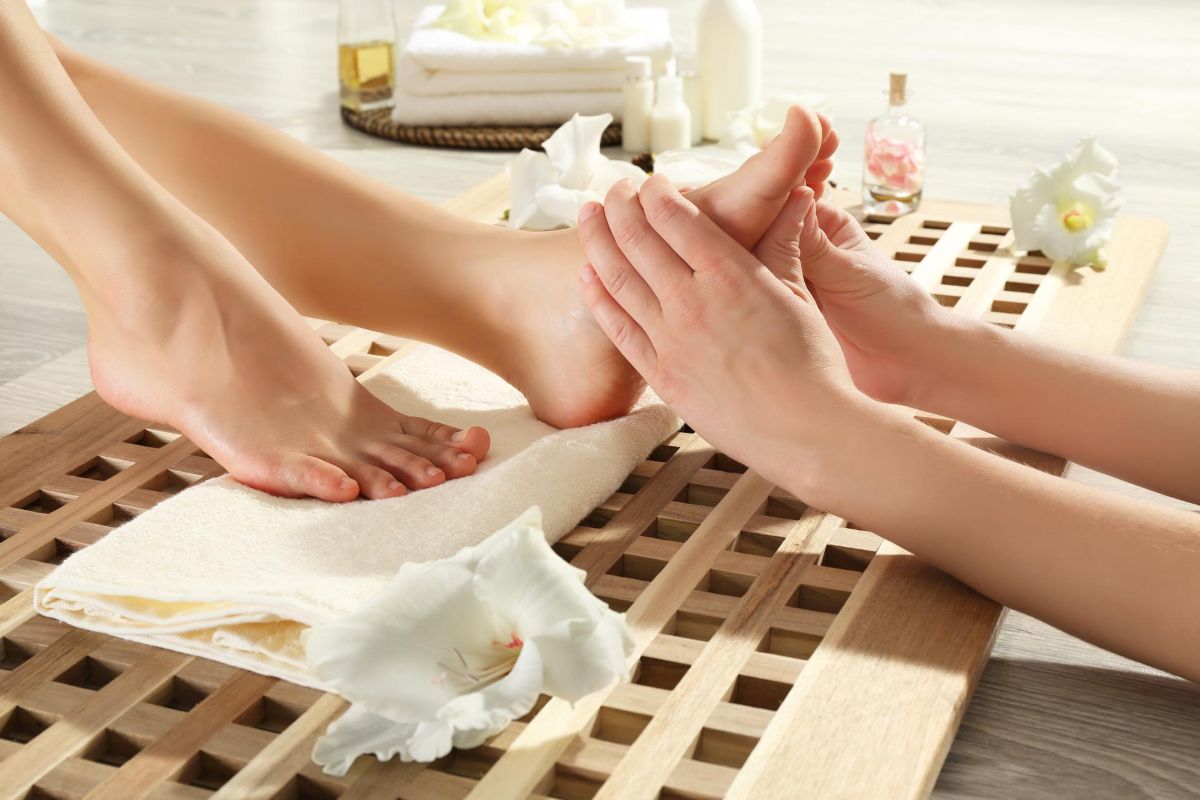
7. FAQ
7.1. How often should I get foot massage?
At spa: 1–2 times/week initially, then 2–4 weeks apart. At home: 10–15 minutes, max 5 days/week.
7.2. Can pregnant women do it?
First trimester requires doctor’s advice. Later stages only with experienced prenatal therapists.
7.3. Can diabetics receive acupressure?
Yes, but assess peripheral sensation, skin, and circulation; use light pressure; best with medical advice.
7.4. When should it be avoided?
Open wounds, infection, swelling, fever, deep vein thrombosis, post-surgery.
7.5. How to know if pressing the right point?
It feels pleasant, with warm, spreading sensation—not sharp pain. Reduce pressure or adjust if painful.
7.6. Are rollers/hot stones necessary?
Optional, can enhance relaxation if used safely and temperature-controlled.
8. Conclusion
“The hidden secrets of foot acupressure” lie in precise techniques, balanced pressure, and proper timing. In a serene, luxurious spa space with skilled therapists, the effects of relaxation and recovery reach a whole new level.
If you seek a safe, refined, fully personalized treatment, let tigon massa Massage & Spa be your sanctuary for health and energy renewal. We offer not just relaxation, but moments of peace, balance, and elegance in every experience


















